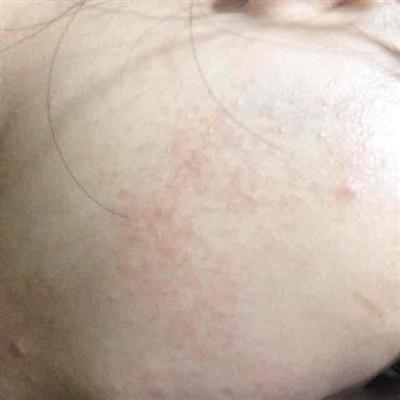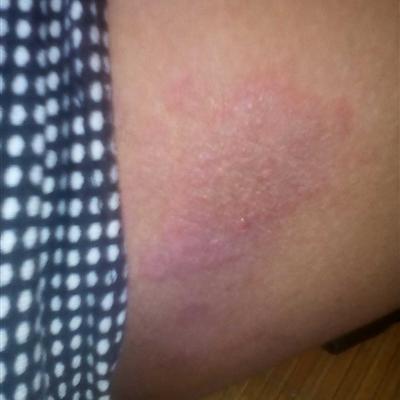How to differentiate Proteus pneumonia?
summary
Proteus is a common species of normal intestinal flora. Proteus vulgaris and Proteus mirabilis are mainly related to human infection. They can cause urinary tract infection and abdominal incision infection, and rarely cause pneumonia. Similar to other gram-negative bacilli pneumonia, it is mainly caused by the colonization of Proteus in the oropharynx. In the elderly, the use of antacids or H2 receptor blockers leads to the increase of gastric juice pH, poor personal hygiene, gastrointestinal surgery, the colonization of Proteus oropharyngealis increases. When the body resistance decreases and the amount of bacteria inhaled is more and the virulence is stronger, pulmonary inflammation will occur. Most of them belong to hospital acquired infection.
How to differentiate Proteus pneumonia?
Denatured bacilli are Enterobacteriaceae, gram negative. Proteus vulgaris and Proteus mirabilis are mainly associated with human infection. Proteus has obvious pleomorphism, can be spherical or filamentous, periflagellum. It grows well on the common medium and has migration growth phenomenon as its important identification characteristic. The culture has a special odor. Hemolysis was observed in blood agar medium. Proteus can exist in soil, sewage and intestine. The hands and instruments of the staff are the common means of transmission.

Proteus pneumonia often occurs in old men with chronic lung disease, drunkenness, renal failure and diabetes. Other predisposing factors included the use of antibiotics, glucocorticoids and immunosuppressants, the treatment of mechanical ventilation, admission to ICU and so on. The common symptoms are cough, thick yellow phlegm, shivering, fever, chest pain and dyspnea. Some patients may have nervous system symptoms, such as delirium and limb tremor, but they are rare. Sometimes only mild to moderate symptoms of systemic poisoning, such as anorexia, fatigue, drowsiness, irritability and so on.

The clinical and chest X-ray findings of Proteus pneumonia are similar to those of most intestinal bacterial pneumonia (such as pneumonia, Escherichia coli, etc.), and the differential diagnosis mainly depends on the examination of pathogens in sputum or other bronchial secretion.

matters needing attention
The mortality rate of Proteus pneumonia accounts for 18% - 21% of the total number of patients, which is mainly related to the poor basis of the disease, stubborn bacteria, drug resistance and older age. Removal of pollution sources, strict disinfection, compliance with the isolation system and active treatment of primary diseases. Gram negative bacilli were removed by selective decontamination.
















